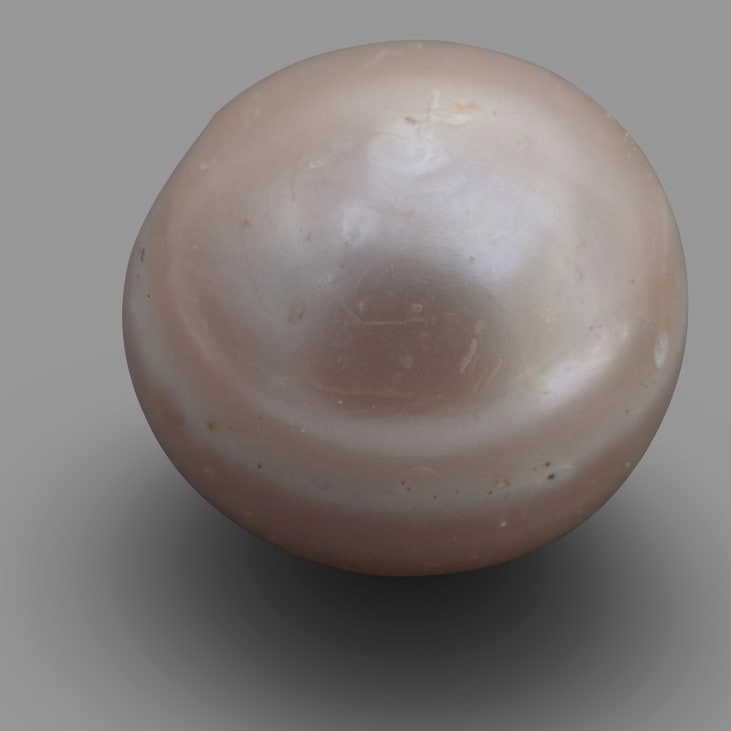
The world's oldest pearl is set to make its first public appearance in an exhibition to be held at the Louvre Abu Dhabi by the end of this month.
According to the emirate's Department of Culture and Tourism (DCT), the pearl, which appears to have a pink color and is less than a centimeter, was excavated at an archeological site on Marawah Island, which also houses the oldest architecture in the United Arab Emirates.
Through radiocarbon dating, archeologists have estimated that the pearl was formed between 5800 B.C. and 5600 B.C., making it at least 8,000 years old and the oldest known pearl in the world.
Abdulla Khalfan Al-Kaabi, DCT's Archeological Survey Unit, claimed that the presence of this pearl in an archeological site proves that pearls were used for trading even as early as the Neolithic period.
Neolithic period, sometimes called "New Stone Age", is the era when humans had shifted to agriculture from a nomadic lifestyle. The earliest civilization recorded was located in the "Fertile Crescent," a region bounded on the west of the Mediterranean Sea and the east of the Persian Gulf.
The excavation also discovered artifacts made from marine creatures like fish and turtles. Al-Kaabi claimed that the presence of these artifacts, including the pearl, suggested that the ocean played a major role in the development and survival of the earliest civilizations in the region.
Pearl was seen as a luxurious item and is used for jewelry making. There are some historical sources and texts suggesting pearls once played a major role in driving the region's economy, and Abu Dhabi is a major trading hub for precious material during the 16th century. Pearling crew would even go as far as the Persian Gulf to harvest oysters and obtain naturally formed pearls. Among the famous visitor was the legendary Venetian jewel merchant Gasparo Balbi.
Today, pearl diving has become merely a tourist attraction in Abu Dhabi. The industry died around the 1900s after the Japanese oyster farmers developed a method to make perfectly round pearls.
The pearl got the name of "Abu Dhabi Pearl" and is part of the exhibit "10,000 Years of Luxury" to be opened on October 30. The exhibit will present at least 350 luxury items, including antique religious items and some exquisite refineries from the 18th-century French court of Versailles. Some paintings and drawing collections from various French museums will also be displayed.
© 2025 NatureWorldNews.com All rights reserved. Do not reproduce without permission.





